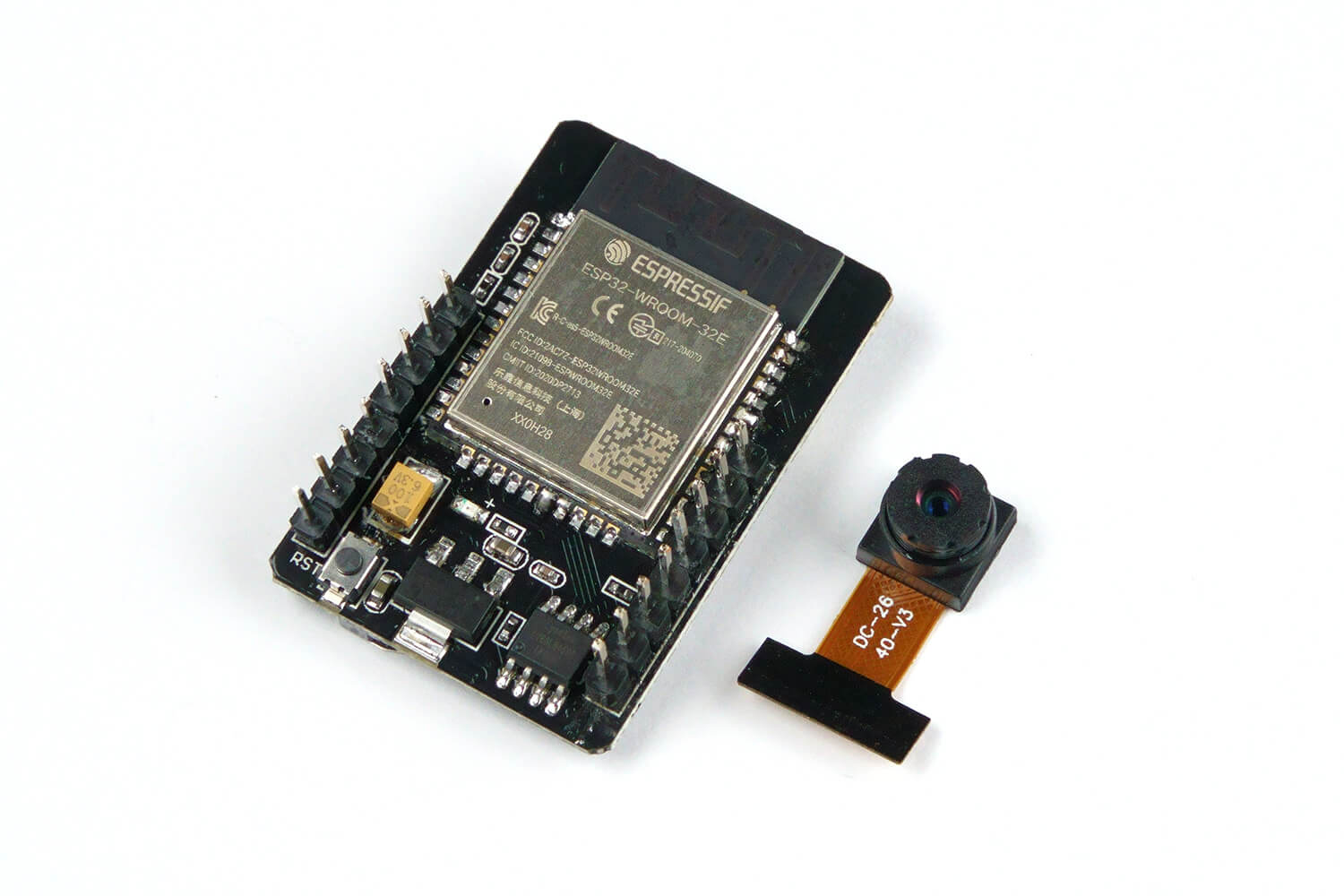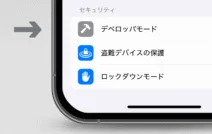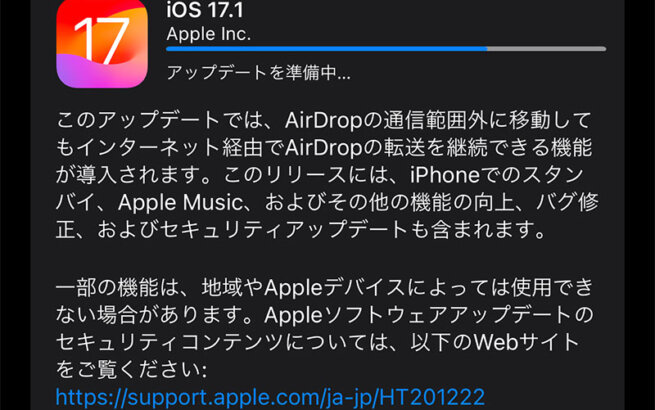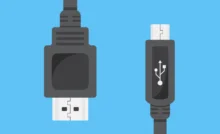Arduino is well-known as a small microcontroller board, but the "ESP32" series can be used in a similar way.
The modules are sold at stores like Akizuki Denshi for several hundred yen each.
Since they can be programmed and communicate using the Arduino IDE, they are relatively easy to handle and are interesting products.
There are also integrated types with 4G modules, LCD panels, and the "ESP32-CAM" which makes it easy to work with cameras.
ESP32-CAM comes with a camera and microSD card slot, and with existing sample code, you can easily create a webcam-like device.
These are also affordable and can be purchased on AliExpress for just a few hundred yen.
Update 2023/09/24: Currently, the compact "XIAO ESP32S3 Sense" featuring the newer ESP32-S3 (Akizuki Denshi product code: M-18079), or units with Japan Radio Law compliant ESP32-WROOM (AliExpress) are available. Please consider using these instead.

The ESP32-CAM features the "ESP32-S" from the ESP series.
Modules with the same model number have obtained technical conformity certification from Ai-Tinker in Japan, which can be verified on the technical conformity search website.
https://www.tele.soumu.go.jp/giteki/SearchServlet?pageID=jk01&FOM=ESP32&RAD=00-00-00-00&TEC=1&TEC=2&TEC=3&TEC=4&TEC=5&TEC=6&TEC=7&SK=0&DC=0&SC=21#searchlist
However, the module I purchased does not have the technical conformity mark on the product.
While it's an interesting gadget available for just a few hundred yen, unfortunately, we cannot power it on (transmit radio waves) within Japan.
Since it has FCC ID and CE marks, you can use it in Japan with conditions using the Ministry of Internal Affairs and Communications' "Special System for Experiments Using Non-certified Equipment", but this requires filing opening and closing notifications, and as it's strictly for experiments, there's a maximum limit of 180 days.

In the ESP series, only certain models like ESP32-WROOM-32E, 32D, and 02 have the technical conformity mark.
While buying a type that can be used domestically is an option, as far as I researched, only non-conformity marked items were available for a few hundred yen.
Since ESP32-CAM itself is quite interesting, I decided to find a way to use it domestically.
目次
If It Doesn't Have Technical Conformity, Let's Replace It with One That Does
It's actually quite simple.
If it doesn't have technical conformity, just replace it with one that does.
Technical conformity-certified models like ESP-32E and ESP-32U have the same pin count and pin assignment as the "ESP32-S", so it's physically possible to swap them directly.
However, since the module is soldered to the board, replacement requires a heat gun, Kapton tape, and determination.
Since Kapton tape has high thermal conductivity, apply it carefully to avoid sticking to components.
Otherwise, when you remove it later, you might find that "the components came off too."

I quickly removed the original ESP32-S with a heat gun.
There are methods using hot plates or irons for reflow, which are easier, but since this board has components on both sides, only a heat gun can be used.
By the way, I don't recommend using a cheap heat gun.
The first cheap one I bought for a few thousand yen had such strong airflow that small chip components were blown away and became unusable.
It's still okay if they're just difficult to reattach, but when you can't find the components that flew away, that's a real problem. I recommend a proper product, like Makita's heat gun.
And here's the finished product after reflowing with ESP-32E.

The soldering looks a bit messy if you look closely, but it works properly.
The technical conformity mark shines like a badge of authority.
After connecting to a PC, if it's correctly recognized by the Arduino IDE, you're good to go.
Now you can use it without worry.
No need to worry about applications or time limits.

By the way, this ESP-32E was purchased from the reliable Akizuki Denshi.
ESP-32U with External Antenna Support is Also Recommended

In my environment, the ESP-32E didn't provide sufficient stability (fps) for use as a webcam, so I also created an "ESP-32U" version that can have an antenna attached.
While it only adds a modest antenna*, it still provided more stable video transmission than the 32E with its PCB pattern antenna.
This is recommended for those who are a bit farther from their Wi-Fi.
* There are specifications for the antenna to be used, and using anything else would violate technical conformity regulations, so please be careful.
Reference link: 2.4GHz Wire Antenna for Wi-Fi Module (External Antenna Type) WROOM
https://akizukidenshi.com/catalog/g/gP-14328/
Bonus

I knew reflow soldering was difficult from before, so it was the right decision to buy plenty of them.



















